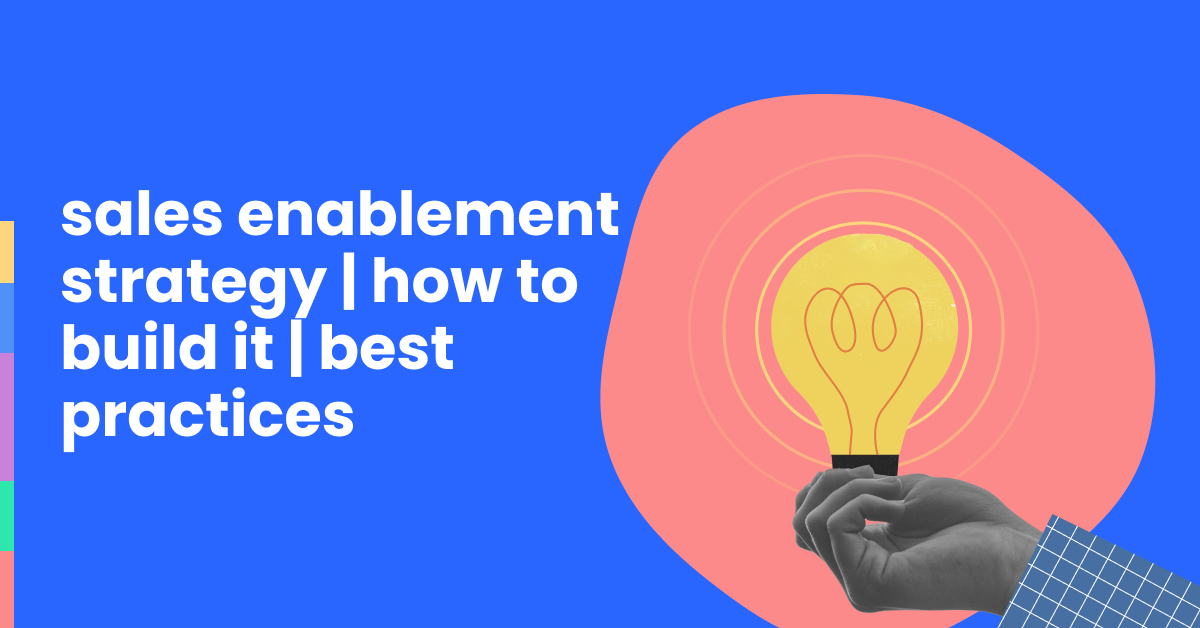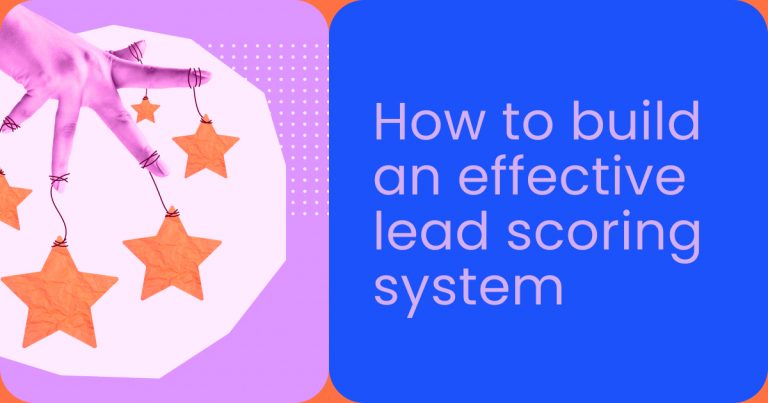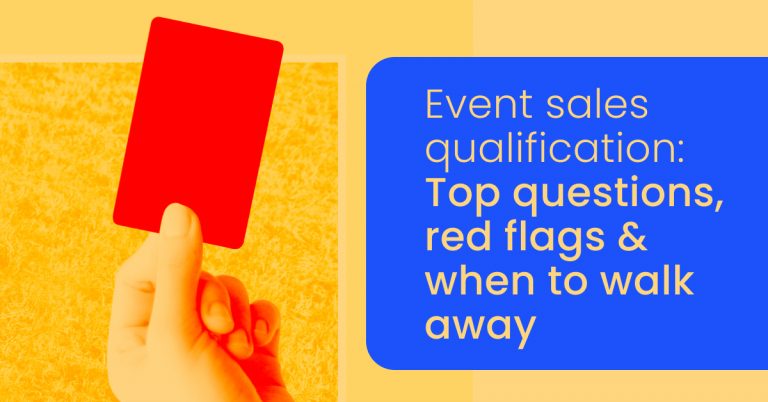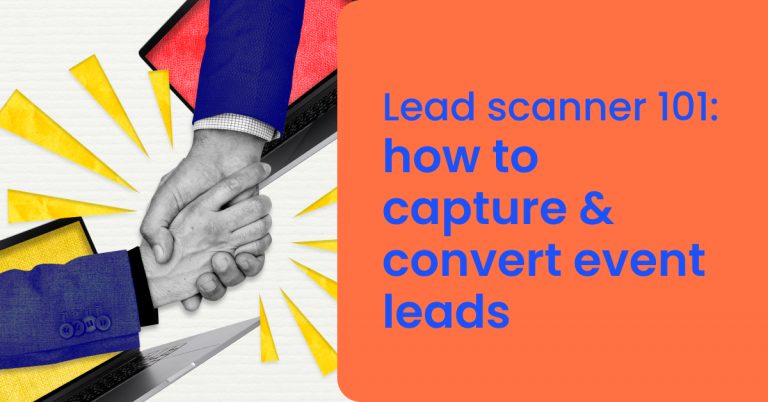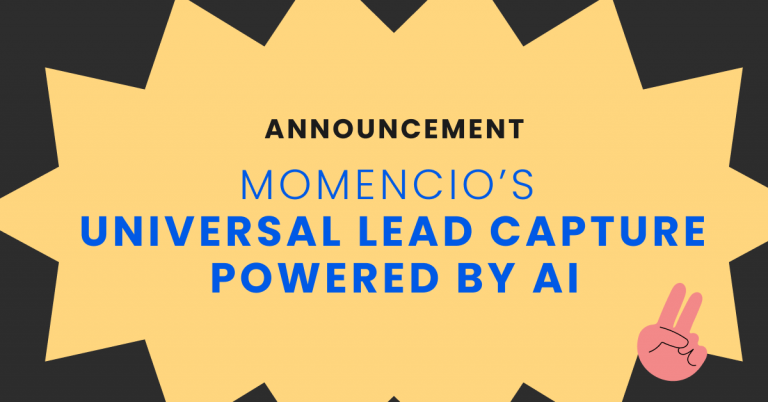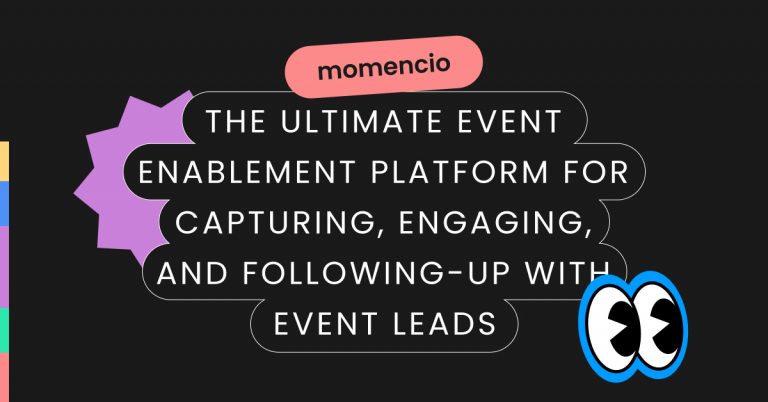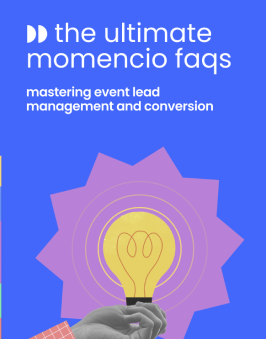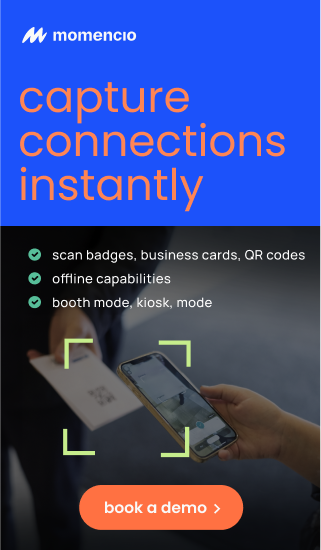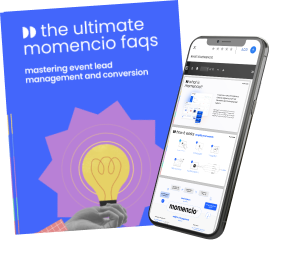In today’s dynamic business world, having a skilled and informed sales team is vital. Why? They bring in revenue and help you achieve your company’s growth objectives. Hence, it becomes more crucial than ever to give your sales team the proper training and resources. That’s where you need to develop a robust sales enablement strategy.
Sales enablement boosts the conversion rate by providing the content and resources needed to engage customers at various stages of the buying journey. As per Fit Small Business, teams with sales enablement techniques in place for over two years are 48% more likely to receive high buyer engagement. To know more about sales enablement and its best practices, continue reading.
What is Sales Enablement?
Sales enablement is a strategy that equips a company’s sales team with the necessary tools, knowledge, and resources. Such resources help sales teams to effectively engage with prospects, close deals, and drive revenue growth. Sales enablement typically encompasses a broad range of activities, including:
- Providing salespeople with up-to-date product information
- Training them in sales techniques
- Offering access to marketing materials and content
- Leveraging technology to streamline sales processes.
The goal of this approach is to enhance the productivity and performance of your sales team. Ensuring they have the right resources at their fingertips, sales enablement helps them engage customers in a more informed and effective manner throughout the sales cycle.
How to Build a Sales Enablement Strategy?
Here are the steps that help you build the best sales enablement strategies:
Step 1: Create a Sales Enablement Charter As Per Your Sales Goals
In the first step of implementing an effective sales enablement strategy, it’s crucial to develop a comprehensive charter for it. It serves as a guiding document outlining your sales enablement initiative’s scope, purpose, and core objectives. Whether your aims involve revenue targets or product penetration, your charter should explicitly detail how the sales enablement program will contribute to accomplishing these objectives.
Step 2: Get to Know About Sales Management Needs
Sales managers play a pivotal role in coaching, mentoring, and guiding the sales team, and it’s essential to comprehend their requirements effectively. Understanding the needs of your sales management team is crucial for a successful sales enablement strategy.
To achieve this, start with a comprehensive needs assessment involving interviews, surveys, or feedback sessions with sales managers. This process helps identify pain points, areas for improvement, and challenges in managing the sales team. Next, collaborate with sales leadership to gain insights into how to address the specific issues the sales team faces, as their guidance is invaluable.
Step 3: Define the Sales Enablement Metrics
At this stage of building an effective sales enablement strategy, it’s imperative to define and track the right metrics to gauge the impact and effectiveness of your sales enablement efforts. These metrics serve as vital signposts, providing insights into the program’s performance and its alignment with your sales goals and organizational objectives. Several key metrics are worth considering:
- Training Turnover Rates
- Sales Rep Quota Attainment
- Win Rates
- Talent Retention
- Revenue Influence
- Number of Closed Deals
Step 4: Get All Stakeholders On-Board
Another vital phase in implementing a sales enablement strategy is to get all relevant stakeholders on board. For this purpose, clearly communicate the objectives and benefits of the sales enablement initiative to each stakeholder group. Highlight how it contributes to overall sales growth, customer satisfaction, and organizational success.
Remember, effective sales enablement isn’t a solo endeavor; it requires collaboration and buy-in from various departments and individuals across the organization. They can include sales leadership, marketing teams, product managers, and even customer support.
Step 5: Track Sales Enablement Materials and Efforts with Your Buyer’s Journey
It’s essential to align your sales enablement strategy materials and efforts with the stages of your buyer’s journey. Start by mapping out your buyer’s journey and identifying key touchpoints, questions, and pain points at each stage. Next, align your sales enablement materials and efforts with these stages. Create and organize content, training materials, and resources that address your customers’ specific needs and challenges at each step.
For instance, provide educational content for the awareness stage, detailed product information for the consideration stage, and competitive analysis tools for the decision stage. Ensure that your sales team is proficient in using these materials and understands when and how to leverage them during customer interactions for effective event lead capture.
Sales Enablement Best Practices
Do you know that 84% of sales reps achieve their quotas when their employer incorporates the best sales enablement strategy? This is possible when you actively perform all the sales enablement best practices.
Here are some of the best sales enablement strategy practices you should try to ensure that your program runs successfully:
- Focus on Your Customer’s Needs: Prioritize understanding customer needs through active listening, buyer personas, and feedback mechanisms. This helps you align your sales strategies effectively with their preferences.
- Show Concern Towards Customer Problems: Demonstrate empathy by addressing customer challenges and pain points, positioning your offerings as problem-solving solutions. Doing so fosters trust and builds lasting relationships.
- Make Use of Sales Technology: You should also leverage CRM systems, analytics platforms, automation tools, and emerging technologies to get big data. This aids in streamlining processes, enhancing productivity, and improving customer interactions.
- Track Key Metrics: Monitor crucial metrics like conversion rates, lead generation effectiveness, sales cycle length, CAC, and customer satisfaction to make data-driven decisions and continuously refine sales enablement strategies.
Conclusion
A sales enablement strategy ensures your sales team is equipped with the right resources – training, meetings, written content, etc.- to engage with customers effectively. If you find implementing a sales enablement strategy difficult, momencio has you covered! It’s a complete sales enablement and event management solution that allows your sales team to capture and follow up on leads with the correct information at the right time.
You can use it to check the whole buyer journey, from the first point of interaction to the purchase, to get an idea about the customer’s behavior. Armed with this information, you can shape your sales enablement strategies and reach more potential prospects. So, get momencio today and make event lead capture and management a hassle-free task.
